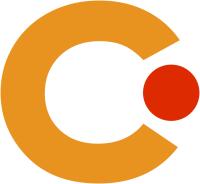Zusammenfassung
This article introduces the concept of Semantic Traversers (STs) and exemplarily
illustrates its utilization inside a Virtual Reality (VR) platform for multimodal construction. The
development of reusable and parameterizable routines which are based on the concept of
Semantic Reflection is described. These routines work on the Knowledge Representation Layer
(KRL) of a simulation framework to realize complex application logic and data flow concepts
like field routing. The KRL is implemented by a functionally extended semantic network. The
ST development in C++ preserves real-time capabilities while the abstract description of data
structures and application logic realizes a persistent and platform-independent representation of
programs. The advantages of traverser representation through Semantic Reflection are
elaborated. Finally, an editing tool is presented that enables developers to visualize and modify
the semantic networks which are used to describe the application.

